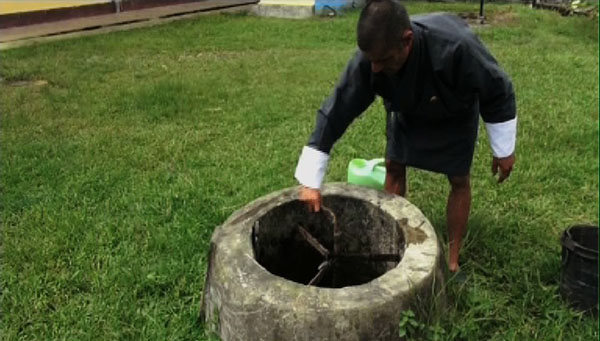 Access to affordable, reliable, and sustainable energy is crucial in achieving many of the sustainable development goals. Bhutanese homes are connected with clean and renewable hydroelectricity. However, most Bhutanese still depend on liquefied petroleum gas (LPG) cylinders. Well, not quite in Dorokha, Samtse. Many households in the dungkhag are reaping rich rewards from turning cow-dung into biogas.
Access to affordable, reliable, and sustainable energy is crucial in achieving many of the sustainable development goals. Bhutanese homes are connected with clean and renewable hydroelectricity. However, most Bhutanese still depend on liquefied petroleum gas (LPG) cylinders. Well, not quite in Dorokha, Samtse. Many households in the dungkhag are reaping rich rewards from turning cow-dung into biogas.
Biogas use in Dorokha dungkhag is gaining momentum. Biogas is helping reduce energy costs as well as limiting their carbon footprint while improving people’s livelihood.
“When we started off, people were sceptical of its sustainability. There were also doubts about repairs and maintenance. A few households started to experiment it and then the rest followed. Now, we have about 270 users and we have received applications from about 40 more,” said Karma Jurmi, Sr. Dungpa, Dorokha, Samtse.
This speaks volumes of the potential of this alternative renewable energy source and underscores the fact that biogas works and has benefits.
“Biogas has benefitted us a lot. We don’t have to work in smoke and firewood is not needed. Biogas has 100 per cent benefits for us. It has enhanced our health as well,” said Bedanath Phuyel from Aringgang_Midzomsa of Dophuchen Gewog, Samtse.
According to one of the demands of the Sustainable Development Goals (SDG), renewable energy should be realized by urban, peri-urban and the rural poor. If these groups of people are left out of the energy renewal equation then many of the fundamental SDG objectives will be missed.
The biogas digester technology is quite simple and can be constructed and managed by anyone. Locals have raw materials for this technology in the form of farm animal dung.
“There is no work at all. It is a bit difficult when constructing the digester. Once done, no problem. We just have to feed cow dung and urine,” added Nar Maya Timsina, from the same chiwog.
The biogas option has an added advantage. The spent slurry from the biogas-generating plant is an excellent organic fertilizer for crops.
“We collect the cow dung slurry which comes out of the digester for three months. After that we let it dry for a month to be used as an organic fertilizer. Once dry we can use it in the fields as fertilizer for any vegetables such as cabbage, radish, and spinach. This fertilizer is really beneficial for us. It is light, softens the soils and spreads quickly. Moreover, it is safe,” added Bedanath Phuyel.
The biogas digesters’ sizes are between four cubic meters and six cubic meters. The four cubic meters produces enough energy for a family of five. But like the human body, these biogas digesters need constant feeding.
“Yearly, I used to collect about 200 backloads of firewood. The firewood I have now, I haven’t used it for two years. Like me, if other people reduce their firewood consumption, it is a solution for fertilizers and health, as we don’t have to use firewood for kitchen works. And we don’t have to worry about future energy needs,” he added.
Samtse Dzongkhag has the highest number of biogas digester users in the country with over 900 users. This success has prompted the dzongkhag to further invest in helping villagers get a biogas digester of their own.
About 120 new applications have been accepted to assist the farmers.
Sherub Dorji





